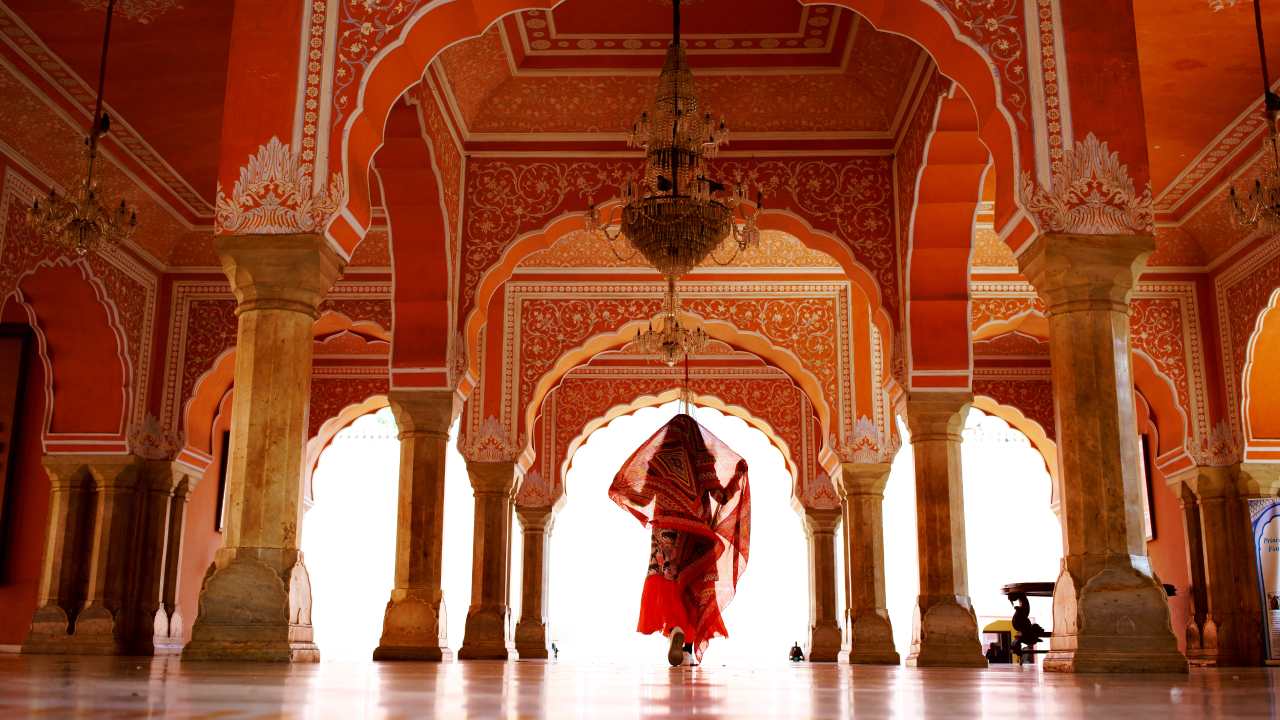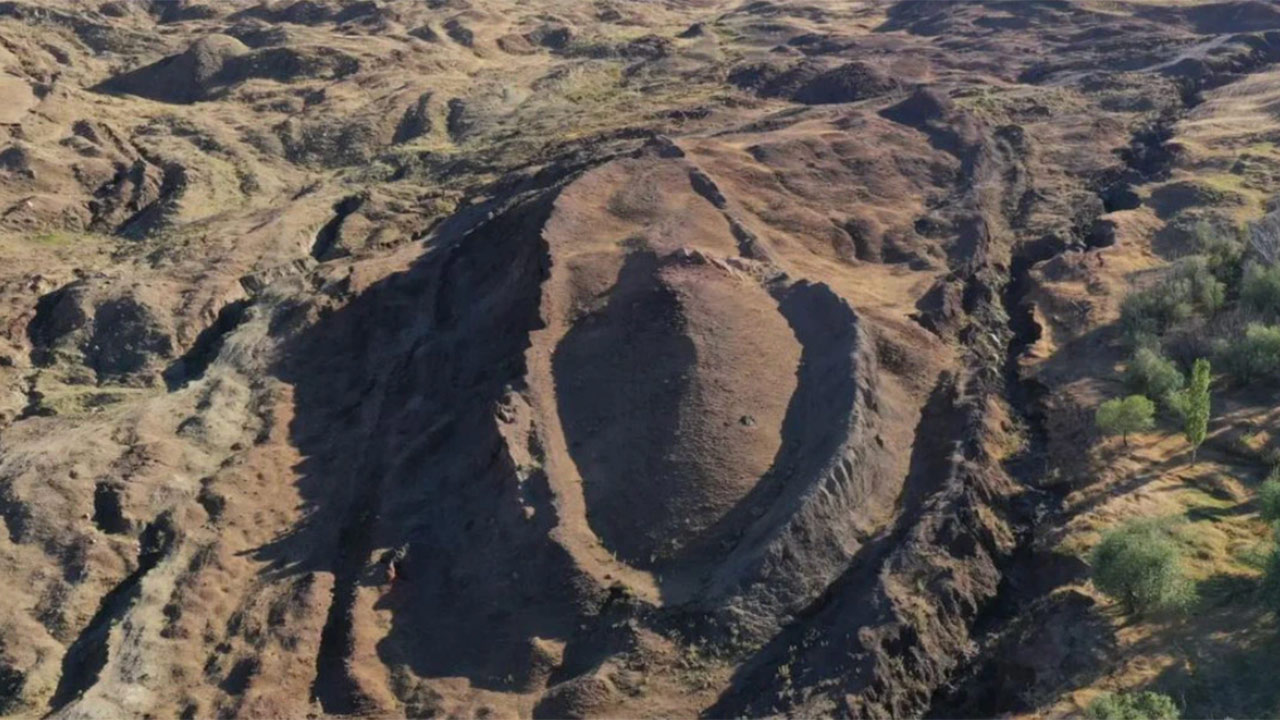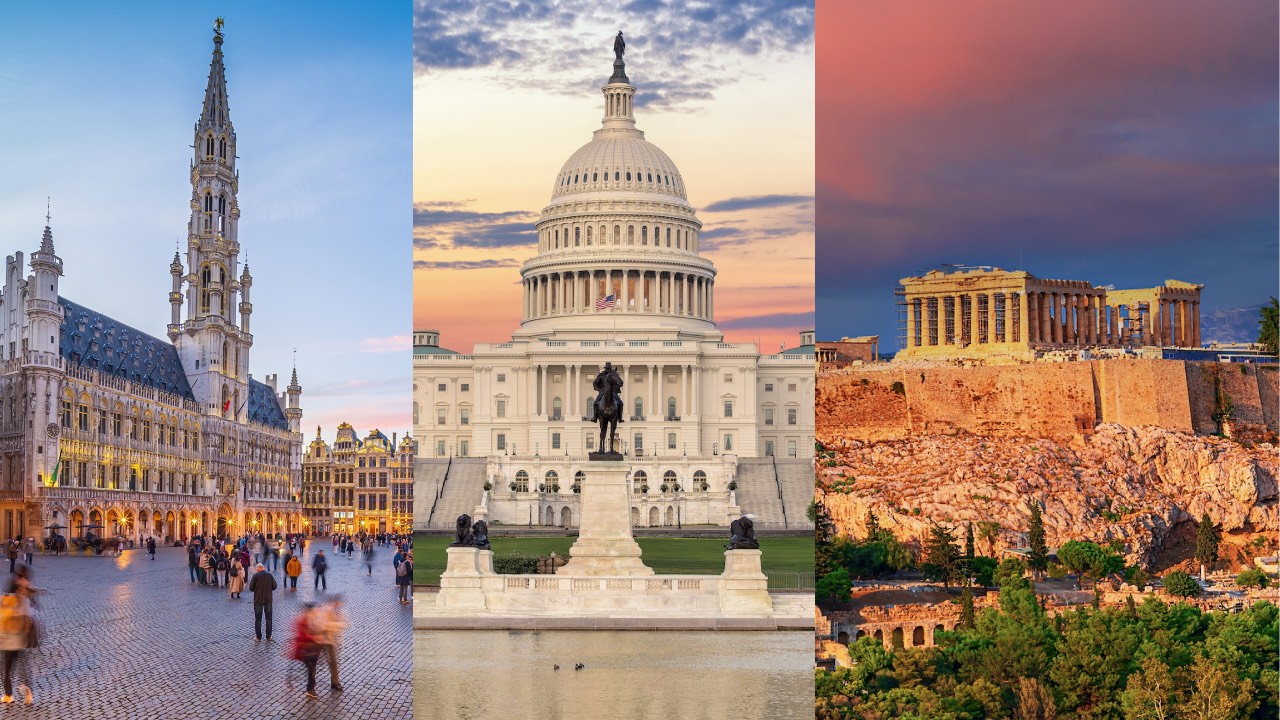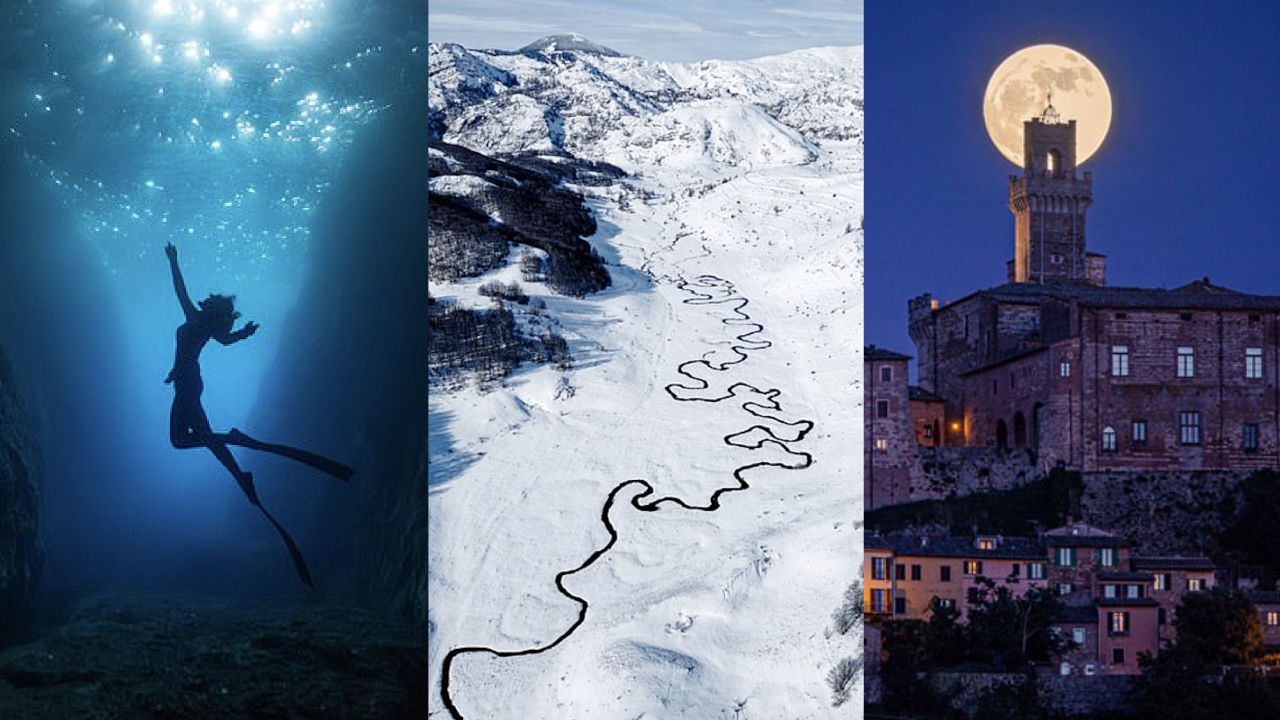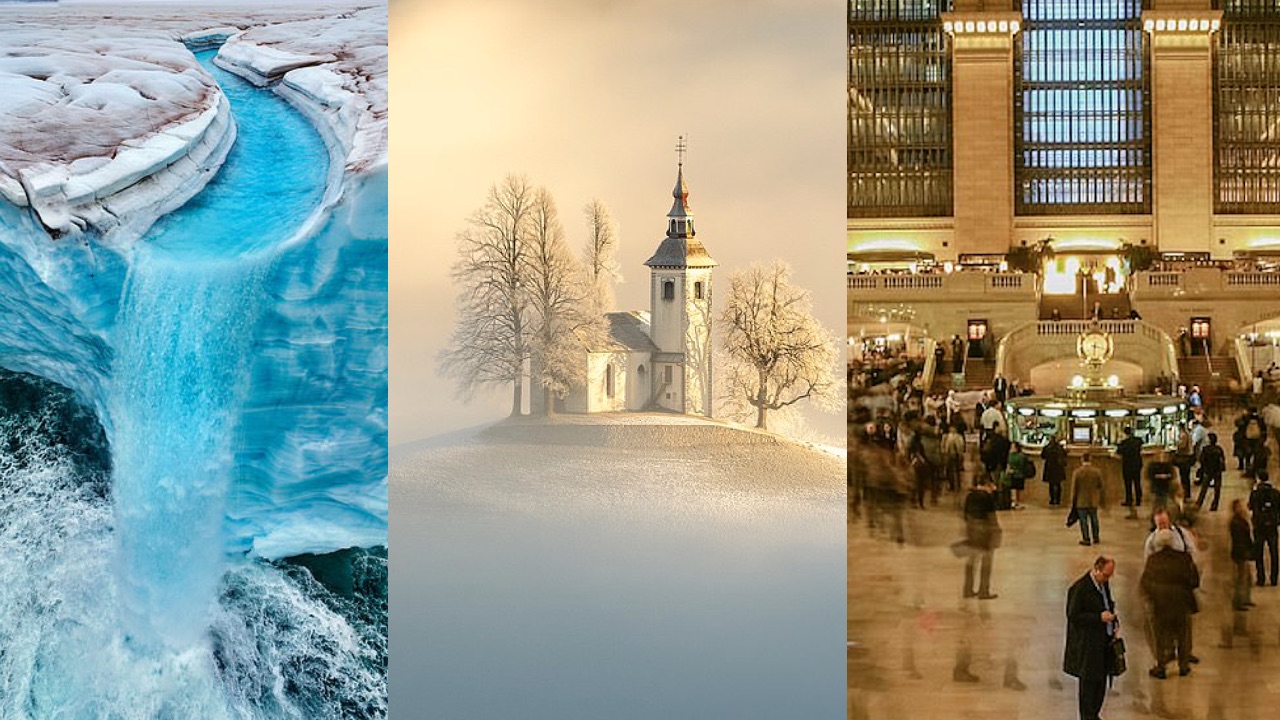The home of spectacular culture, delectable cuisine, spirituality, the country’s largest tiger reserve and one-sixth of the world’s total population – who are the warmest people on earth – India will have you hooked from the moment you land at your destination. The heritage and history of the 29-state continent and 7 Union Territories is rich and varied, and the architecture is intricate and jaw-dropping.
If you’ve been looking for a reason to push yourself out of your comfort zone and explore the road less travelled, scroll through the gallery above to see the 5 places you MUST see in India and continue reading below.
1. Amer Fort, Rajasthan
Amer Fort, near Jaipur, Rajasthan is one of the most well-known and visited forts in India. With a rich history behind it, the fort was declared a UNSECO World Heritage site in 2013. The gorgeous architecture is a noteworthy fusion of Rajput (Hindu) and Mughal (Islamic) styles.
This majestic fort was built by Raja Man Singh in 1592 and took a period of two centuries to complete. The palace complex was used as the main residence of the Rajput Maharajas for a long period of time and therefore, with subsequent renovations, the fort was made to look like a lavish palace.
The fort is made out of a unique mix of red sandstone and white marble and consists of four different sections that make up the fort or palace. Each section has its own gate and courtyard. As soon as you step within the fort, you are met with the Sun Gate, which is flooded with sunshine every morning as the gate faces east.
The third courtyard is where the magnificence continues. There are two buildings that are situated opposite each other and on the left is the Jai Mandir or the Palace of Mirrors. This area was used to celebrate victories and is covered in intricate mirror work with glass that has been imported from Belgium. It is said that one candle is enough to light up the entire hall.
2. Jim Corbett National Park
Jim Corbett National Park is located in the Nainital district of Uttarakhand and is an expansive national park that covers 520 square kilometres. Established in 1936, the park has the glory of being India’s oldest and most prestigious national park.
Corbett National Park got its name in 1957 after Jim Corbett, the famous naturalist and photographer. This is India’s first national park and beyond doubt the most attractive park in India. The park is located in the foothills of the Himalayas, in the midst of lush greenery and uneven mountains with varying heights, ranging from about 1300 feet to nearly 4000 feet.
The main attraction at this park for tourists and wildlife enthusiasts are the majestic tigers. This park is a natural habitat of rare species of tigers that are facing extinction, along with flora and fauna and a variety of wild animals and birds, making it heaven for bird watchers. It is a place that draws a huge tourist inflow and offers excellent sightseeing.
If one is interested, they can also get up close to deer, also spotted in Corbett National Park. Barking deer, spotted deer, sambar and chinkara are just some of the different kinds of species seen in the park.
Another major attraction are the aquatic reptiles. Different kinds of crocodiles can be found at home here. Corbett National Park is really a worthwhile visit to see the nature’s variety and beauty at its best. This is a park first among equals.
The national park is a complete ecosystem that has a wealth of flora and fauna that is not only exotic but must be seen to be believed.
3. Golden Temple, Punjab
The Golden Temple, commonly referred to as Darbar Sahib or Harmandir Sahib, is one of the oldest places of worship for Sikhs and therefore one of the most sacred.
The English moniker for the temple was done in the early 19th century as the reign of Maharaja Ranjit Singh oversaw the gilding of the shrine. The temple is considered so holy that 35 per cent of the people who visit it are from faiths other than Sikh.
It is often a major pilgrimage destination for devotees around the world as well as being a popular tourist attraction. In keeping with the basic tenant of universal brotherhood and all-inclusive ethos, the Golden Temple can be accessed from all directions.
In order to get into the temple initially, you have to walk on water as it is surrounded by a manmade lake and the lake is full to the brim with exotic fish.
However, it is the main entrance that is the most imposing as it is through a clock tower and provides a stunning view of the shrine. With hand-painted mosaics and patterns throughout the temple, it is one of the more significant symbols of Indian architecture.
4. Ellora Caves, Maharashtra
The Ellora Caves are home to 34 caves that were dug side by side into the wall of a high basalt cliff.
The uninterrupted sequence of monuments dating from 4th and 9th century brings the civilisation of ancient India to life. The caves have sanctuaries devoted to Buddhism, Hinduism and Jainism while also illustrating the spirit of tolerance.
The caves represent the religious sentiments of the people during that era. There are 5 Jain caves, 17 Hindu caves and 12 Buddhist caves.
The caves also serve manifold purposes, such as a house for praying, a resting place for the pilgrims, as well as a monastery for the monks who visit.
5. Periyar National Park, Kerala
The Periyar National Park is considered the most protected area for elephants and tigers within the country.
The protected area within the park is widespread – 777 square kilometres. With intense valleys that contain tropical evergreen rainforest with thick tree cover, it is a place that needs to be seen to be believed.
There is a range of wildlife within the park, which includes elephants, Indian tigers and Indian wild dogs. There are also five species of primates that are found within the national park, which include the rare lion-tailed macaque, the Nilgiri langur, Gee’s golden langur, the common langur and the bonnet macaque.
There was extensive research conducted on the national park which found a variety of species of mammals, birds, reptiles, amphibians, fish and butterflies.
If you haven’t travelled to incredible India, ensure you make it a priority to witness the rich heritage, culture, wildlife, spirituality and exotic destinations of the country.
This is sponsored content brought to you in conjunction with India Tourism.
